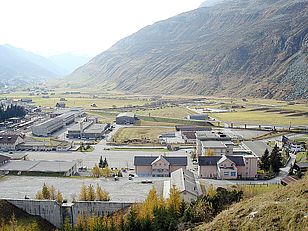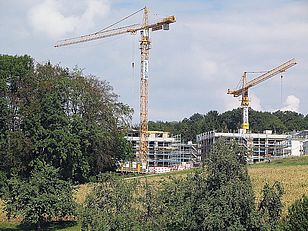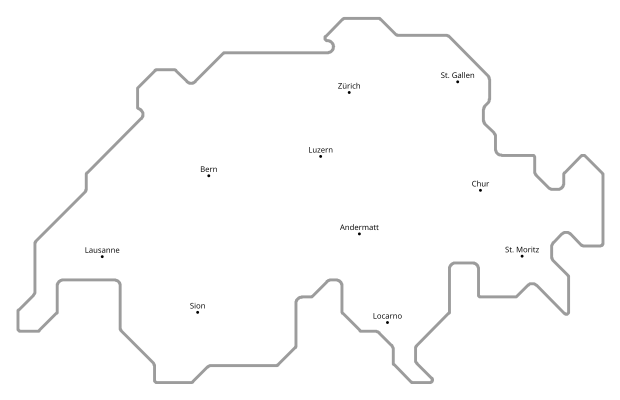Settlement development in Switzerland is not sustainable, it requires too much land. We analyse the causes and develop measures and instruments for the economical use of soil as a resource.
Index
Land use and urban sprawl are abiding concerns of spatial planning in Switzerland. As early as 1955 Max Frisch complained about ‘village-isation’ that coated the country in “a fur of little settlements”. Since the 1990s, there has been general agreement that this kind of spatial development is not sustainable, and even the Swiss Federal Council expressed this view. However, little has been done to counter it. Even though Swiss people voted for a stricter law for spatial planning, the current land use dynamics and questions related to them remain. What are the economic and political drivers of settlement development? What are society’s entitlements and expectations regarding space? What kind of land use conflicts arise and how can they be solved? What is the potential of established and new spatial planning and economic tools, to reduce land use for settlements and, thus, urban sprawl?
At WSL we investigate the following research themes in this area:
Use and claims to space and land use conflicts
Society has numerous claims and expectations to space. This may result in land use conflicts. Which claims make the Swiss population and certain stakeholder groups? Which conflicts result and what possible solutions can be found?
Drivers of urban sprawl
Urban sprawl is the result of a complex web of political and economic incentives, dynamics, structures and rules. How substantial are each of these aspects and how do they interact? Improving knowledge in this field helps to implement measures that target the most important drivers of urban sprawl.
Down-zoning designated building zones
Designated building zones are oversized in Switzerland. According to the spatial planning law, communities are obliged to down-zone them. However, tensions arise as communities have to balance settlement demands, tax income and ownership guarantees. Where, when and under which conditions might down-zonings succeed?
Rehabilitation of brownfields
The rehabilitation of vacant industrial areas, and decommissioned military property and infrastructure offers significant potential to reduce the use of open space. Thus, it could contribute to more sustainable spatial development. Where do these kinds of potential exist?
--> see Urban planning instruments


